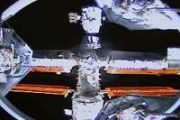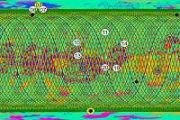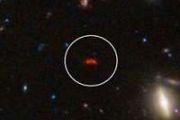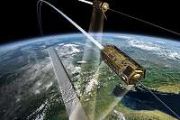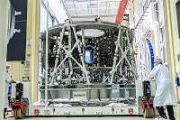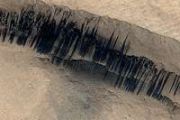
Copernical Team
Scientists discover the source of one of the rarest groups of meteorites
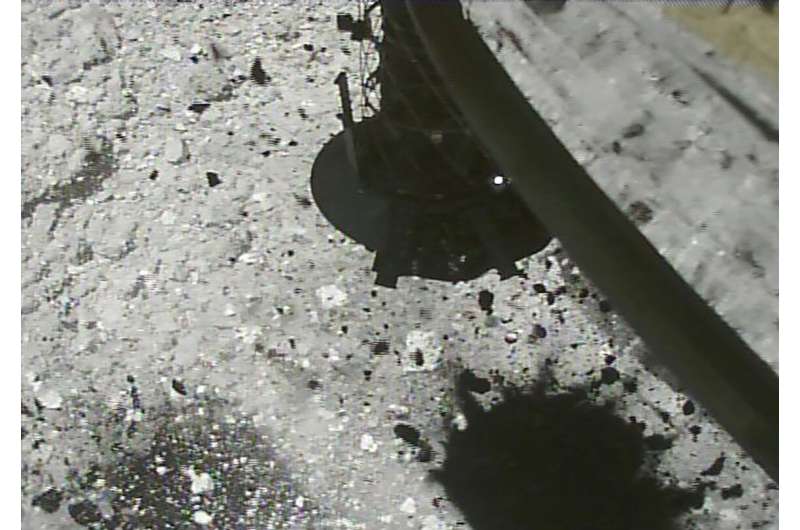
Since return mission Hayabusa2 brought samples of asteroid Ryugu back to Earth in 2020, a team of experts from across the world have been examining them to learn more about the origins of our solar system.
Carbonaceous chondrites, such as the Winchcombe meteorite which fell to Earth and was retrieved in Gloucestershire in 2021, are an extremely rare group of meteorites which have been known to contain organics and amino acids—ingredients for life. They are the most primitive and pristine materials of the solar system and can provide unique information on where water and the building blocks of life were formed, and what planets are made from.
Ryugu returned
In this study, published Oct. 20 in the journal Science Advances, the team conclude that Ryugu, now a near-Earth object, was among the group of asteroids known as the Cb-type which formed billions of kilometers away from Earth, toward the edge of the sun's influence, in a region of space such as the Kuiper Belt, or perhaps even deeper into space.
Professor Sara Russell, A senior research lead at the museum who co-authored the paper, says, "It's only within the last decade we've begun to appreciate just how far objects in the solar system can move towards, and away from, the sun.
ESA Open Day at ESTEC 2022
 Video:
00:02:30
Video:
00:02:30
The 11th annual ESA Open Day at ESTEC took place on Sunday 2 October 2022, opened by ESA Director General Josef Aschbacher and Head of ESTEC and ESA Director of Technology, Engineering and Quality Torben Henriken with ESA astronauts Matthias Mauruer and André Kuipers. Visitors were able to meet space scientists and engineers and see and learn all about the work carried out at Europe’s largest space establishment.
Week in images: 17-21 October 2022
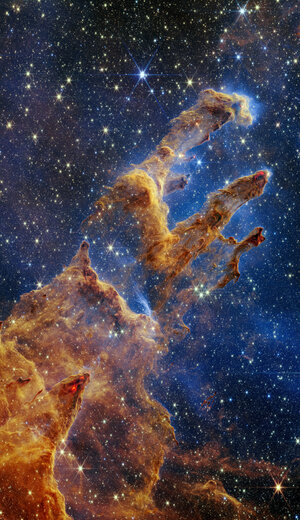
Week in images: 17-21 October 2022
Discover our week through the lens
ESA spacecraft catch the brightest ever gamma-ray burst
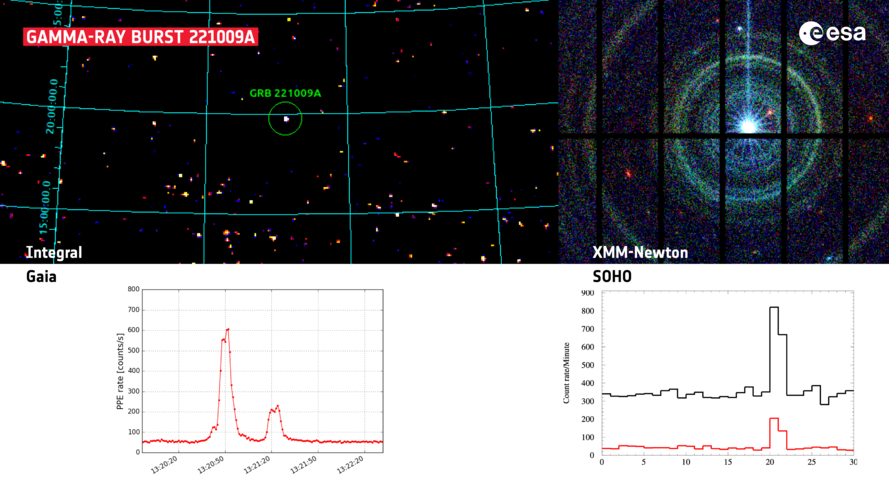 Image:
ESA spacecraft catch the brightest ever gamma-ray burst
Image:
ESA spacecraft catch the brightest ever gamma-ray burst Earth from Space: Inhambane Bay, Mozambique
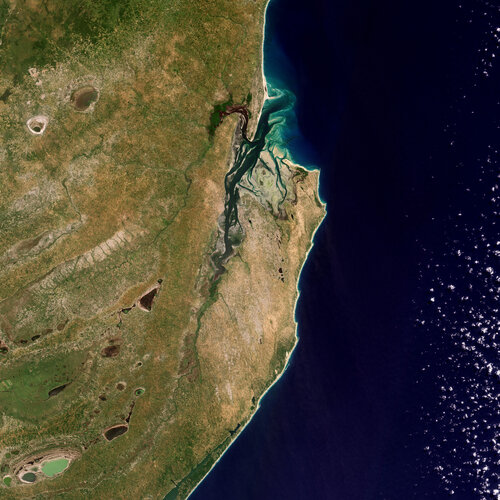
Inhambane Bay, in southeast Mozambique, is featured in this true-colour image captured by the Copernicus Sentinel-2 mission.
To explore space means defying dust
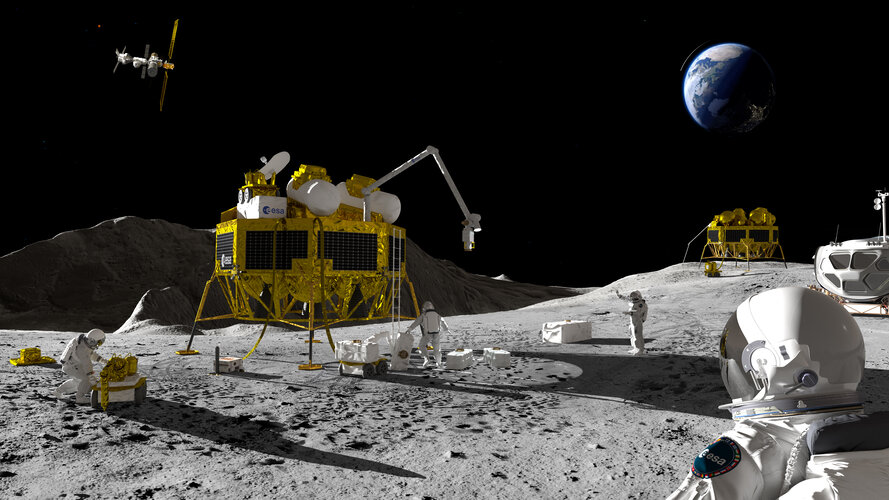
As the world’s space agencies prepare to return to the Moon and explore the planets, space materials engineers have been getting to grips with a challenging enemy: dust. The abrasive, talcum-like dust enshrouding the Moon and other planetary surfaces can obscure surfaces, wear away at coatings and clog space mechanisms.
Arecibo Observatory-led Team discovers large near-earth asteroid has changing rotation
 Ateam of scientists led by Arecibo Observatory and the University of Central Florida has measured a change in the rotation period of the potentially hazardous near-Earth asteroid 3200 Phaethon, a future spacecraft target.
Phaethon is just the 11th asteroid with a measured change in its rotation period, and it is the largest of them.
The discovery is an example of progress in global e
Ateam of scientists led by Arecibo Observatory and the University of Central Florida has measured a change in the rotation period of the potentially hazardous near-Earth asteroid 3200 Phaethon, a future spacecraft target.
Phaethon is just the 11th asteroid with a measured change in its rotation period, and it is the largest of them.
The discovery is an example of progress in global e New Site, New Sights, New Science: Sols 3628-3629
 For the first time in a little while we're at a new location after a drive in the last plan, which means new targets for the Geo team to investigate, and slightly different viewsheds for ENV to work with. Power was a bit tight, especially for the first sol with two hours of science time, a drive, and arm activities. Still, we managed to pack in lots of targeted science before driving away.
For the first time in a little while we're at a new location after a drive in the last plan, which means new targets for the Geo team to investigate, and slightly different viewsheds for ENV to work with. Power was a bit tight, especially for the first sol with two hours of science time, a drive, and arm activities. Still, we managed to pack in lots of targeted science before driving away. NGC delivers first GEM 63XL solid rocket boosters to support Vulcan first flight
 Northrop Grumman has delivered the first two 63-inch-diameter extended length Graphite Epoxy Motors (GEM 63XL) to Cape Canaveral Space Force Station, Florida.
The solid rocket boosters will support the inaugural flight of United Launch Alliance's (ULA) Vulcan Centaur rocket planned for first quarter 2023. At approximately 72-feet-long, and weighing over 117,000 pounds, the GEM 63XL is the
Northrop Grumman has delivered the first two 63-inch-diameter extended length Graphite Epoxy Motors (GEM 63XL) to Cape Canaveral Space Force Station, Florida.
The solid rocket boosters will support the inaugural flight of United Launch Alliance's (ULA) Vulcan Centaur rocket planned for first quarter 2023. At approximately 72-feet-long, and weighing over 117,000 pounds, the GEM 63XL is the NASA readies Superstack for upcoming JPSS-2 launch
 Two very different payloads flying on one rocket are ready for their ride to space. Creating an integrated stack that stands 25 feet tall, the National Oceanic and Atmospheric Administration's (NOAA) Joint Polar Satellite System-2 (JPSS-2) and NASA's Low-Earth Orbit Flight Test of an Inflatable Decelerator (LOFTID) spacecraft are safely secured inside the United Launch Alliance (ULA) Atlas V roc
Two very different payloads flying on one rocket are ready for their ride to space. Creating an integrated stack that stands 25 feet tall, the National Oceanic and Atmospheric Administration's (NOAA) Joint Polar Satellite System-2 (JPSS-2) and NASA's Low-Earth Orbit Flight Test of an Inflatable Decelerator (LOFTID) spacecraft are safely secured inside the United Launch Alliance (ULA) Atlas V roc 






